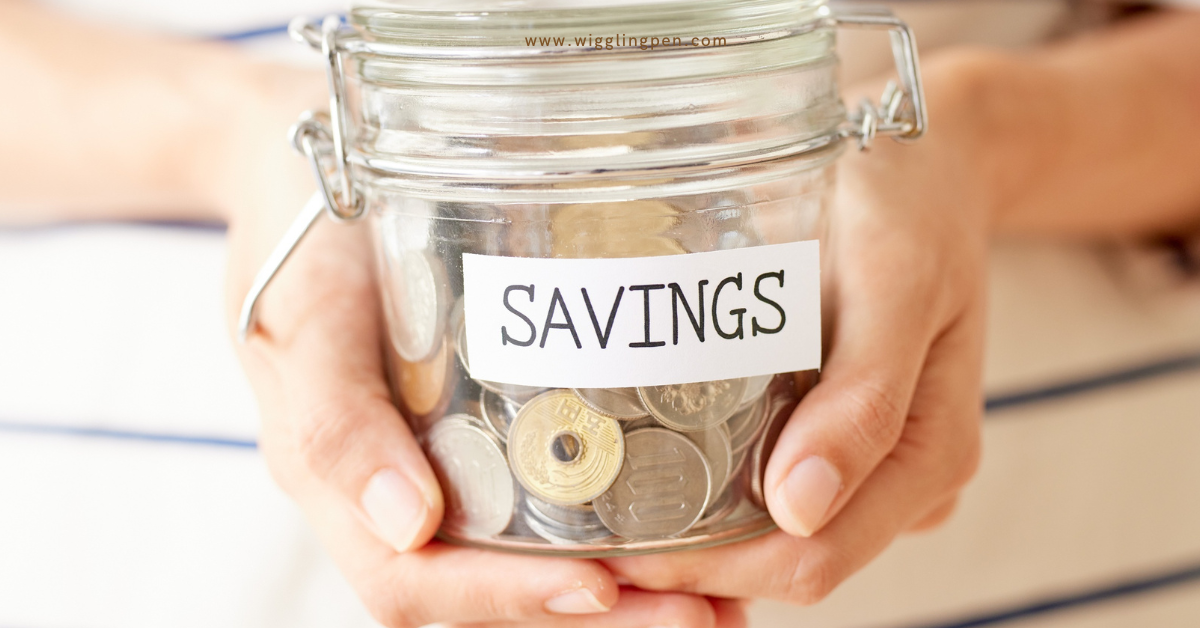
Instagram is no longer just a photo-sharing app. It’s a full-blown marketing playground where creators, brands, and businesses hustle daily to be seen. And while everyone’s chasing viral moments and fresh content, there’s a low-effort, high-return strategy that too many still overlook: Instagram reposting.
Pair that with smart location mapping, and you’ve got a powerful combo that helps your content go further, stay relevant longer, and reach the right eyeballs. If you’re serious about growing on Instagram — especially with reels — it’s time to use these tools to your advantage.
In this guide, we’ll break down exactly how Instagram reposting and mapping can expand your reach, improve engagement, and build community — without burning out creating new content every day.
What Is Instagram Reposting?
Let’s keep it simple: Instagram reposting is when you share content that’s already been posted — either by yourself or someone else — back to your feed, stories, or reels. This can be:
- Reposting your own content (especially reels that performed well)
- Sharing UGC (user-generated content) from your community
- Reposting collabs or brand shoutouts
- Highlighting customer reviews or testimonials
- Amplifying content from creators in your niche
With the introduction of the Instagram reposting feature (yes, it’s finally native now), you no longer need third-party apps to reshare content. That’s a big deal.
What Is Instagram’s Reposting Feature?
In late 2023, Instagram rolled out a new reposting feature allowing users to reshare posts and reels directly to their feed — just like retweeting on X (Twitter). You’ll now find a “Repost” button on most public content. When you repost, the original creator is credited, and their content shows up in your feed with your caption.
This feature makes reposting seamless and safer. No need to screen record or ask for permission every time — it’s built-in and encourages sharing.
Why Reposting Works — The Psychology Behind It
Let’s be real: attention spans are shrinking. Most people scroll without engaging. Reposting gives content another shot at grabbing attention, and it works for three simple reasons:
- Repetition Builds Recall
Seeing the same reel more than once (especially with different captions or formats) helps your audience remember your message. That’s just basic human psychology. - Algorithm Love
The Instagram algorithm favors engagement. If a reel did well the first time, reposting it could trigger another round of reach — especially if your audience or posting time has shifted. - Different Formats = New Reach
Reposting a reel as a story or carousel creates new ways to engage. Same content, fresh format, wider net.
Check: 10 Best Work From Home Jobs To Earn Money
Reposting Instagram Reels: A Growth Strategy You’re Not Using Enough
You don’t need to constantly create new reels. What you need is a smart Instagram reposting reels strategy. Here’s how to build one:
1. Repost High-Performing Reels
Look at your top 5 reels — now imagine resharing those with:
- A new hook in the caption
- A trending audio swap
- A slightly different crop or edit
- A location tag you missed earlier
Reposting gives them a second life. Don’t assume everyone saw your reel the first time — most probably didn’t.
2. Reshare to Stories (Multiple Times)
Every reel you post should be reshared to your story with added context, CTA, or poll. Then do it again a week later. Use stickers, questions, and countdowns to keep it interactive.
3. Cross-Niche Reposts
If your reel can appeal to multiple niches (say, parenting + education), tweak the caption and repost for a different audience. That’s how content travels further.
4. UGC and Community Reposts
Encourage your followers to create content using your product, sound, or challenge. Then repost Instagram reels from your community to show appreciation and boost credibility.

Mapping: The Power of Location Tags on Instagram
Now let’s talk mapping. Tagging locations (aka geo-tagging) in your posts and reels is one of the easiest ways to increase visibility — especially for local brands, creators, events, and businesses.
Why Location Mapping Works:
- It makes your content discoverable via location search
- Increases chances of getting featured on the Explore page for that location
- Helps people connect with your content contextually (like food + city or fashion + event)
- Builds local relevance and community connections
How to Use It:
- Always tag your physical location when it matters — city, venue, or store.
- Use popular yet specific tags (like “Bandra West” instead of just “Mumbai”).
- Try tagging trending places, cafes, or events — your content may show up in location feeds.
- Combine mapping with repost Instagram reels strategies. For example, repost a reel with a different location tag for a fresh audience.
Advanced Reposting Strategies for Growth
1. Time-Zone Reposting
If your audience spans multiple time zones, repost content during peak hours in each zone. One reel, multiple reach windows.
2. Caption Remixing
Keep the video the same, but change your caption to target different keywords or pain points. It’s an SEO play — especially when paired with hashtags.
3. Audio Strategy
Trending audio changes fast. If your reel used a popular track that’s no longer trending, repost the same reel with a newer audio and a fresh hook.
4. “Throwback” or “From the Vault” Series
Make reposting part of your brand storytelling. Say things like:
- “In case you missed it…”
- “Throwing it back to this viral tip”
- “This deserves a replay”
This reframes the repost as value, not repetition.
Reposts Instagram: Best Practices
Reposting isn’t just hitting a button. If you want it to actually grow your audience and engagement, you need to be intentional. Here’s how to approach reposts the right way, without looking repetitive, lazy, or spammy.
1. Always Credit the Original Creator (Even When Using Instagram’s Native Reposting Feature)
Crediting is non-negotiable. Even if Instagram automatically tags the original creator, your caption still needs to acknowledge them clearly. It shows respect, builds relationships, and protects your credibility.
How to do it:
- Mention their handle in the first line of your caption.
Example: “Loved this tip by @socialsavvyqueen — had to share it with my audience too!” - Use phrases like:
- “Originally posted by…”
- “Via @username”
- “Inspired by this amazing reel from…”
Creators appreciate being tagged — it increases their chances of resharing your repost to their stories or page. That’s more visibility for you.
2. Add Your Perspective — Don’t Just Copy-Paste
If you’re simply reposting without context, it’s forgettable. When you add your voice, opinion, or takeaway, the post becomes valuable for your audience.
What to add:
- A quick story or memory related to the post
- Your unique angle or takeaway
- How it applies to your niche or audience
Example:
Instead of just reposting a reel on morning routines, say:
“@wellnesscoach’s 5AM routine changed how I manage my mornings. Especially the ‘no phone before 9AM’ rule. Game-changer. Try it and tell me how it goes!” This tells your audience why you’re sharing it — making it feel more intentional and personal.
3. Don’t Repost Too Often — Keep a Balanced Mix
If your entire feed is reposts, it can make your page look secondhand. People follow you for your voice. Too many reposts dilute it.
Best ratio:
Stick to a 70/30 split —
- 70% original content
- 30% curated or reposted content
How to mix it well:
- Use reposts to fill content gaps (like during low-engagement days)
- Repost UGC (user-generated content) to build community
- Repost past reels that are still relevant — like timeless tips or FAQs
4. Customize Captions, Hashtags, and Even the Thumbnail
The Instagram algorithm doesn’t treat reposts as duplicates — if you change elements like captions, hashtags, and thumbnails, it gives your reel a new life.
What to tweak:
- Caption: write for a different emotion (humorous, reflective, informative)
- Hashtags: switch to a new set (use niche-specific tags)
- Thumbnail: create a new cover using Canva to match your brand aesthetic
- Audio (optional): swap trending sound if the original one’s faded out
This matters especially when reposting your own reels. A reel that underperformed months ago could actually perform well now with better packaging.
5. Match the Repost to Current Trends or Events
Reposts should feel timely, not random. Context boosts engagement. When you tie a repost to something happening now — an event, awareness day, trend, or season — it resonates harder.
Examples:
- “Throwing it back to this reel on anxiety — perfect timing as #WorldMentalHealthDay comes up.”
- “ICYMI: This travel tip from last year is gold if you’re planning your Independence Day weekend trip ??”
This gives old content fresh relevance.
6. Repost Strategically Across Formats
The Instagram ecosystem includes reels, stories, carousels, guides, and now reposted feed posts. Don’t limit yourself to one format.
Ways to remix:
- Turn a reel into a carousel of screenshots or quotes
- Repost the reel to Stories with a poll or question sticker
- Add it to a Guide titled “Top tips on X”
- Create a new static post summarizing key takeaways from the reel
Why this works:
Each format reaches a slightly different slice of your audience. People who ignore reels might engage with a story or carousel instead.
7. Mind the Timing — Space Out Your Reposts
Reposting too soon makes your content look repetitive. Wait at least 3–4 weeks (or more) before reposting the same reel. The gap makes it feel fresh again, especially if your following has grown since the original post.
Use Instagram Insights to check when your audience is most active and time the repost accordingly.
8. Use the Caption to Drive Engagement
When reposting, your reel is already recycled — so your caption needs to work harder to get people to engage.
Examples of high-converting CTA captions:
- “This one’s still relevant — agree or disagree?”
- “Which tip from this reel helped you most?”
- “Tag someone who needs to hear this today ?”
- “Did you try this yet? Tell me in the comments.”
A great caption can breathe new life into an old reel.
9. Track, Analyze, and Optimize
Blindly reposting without checking results is like shooting in the dark. Use data to know which reposts actually moved the needle.
What to track:
- Reach (is the repost performing better than the original?)
- Saves and shares (are people finding value again?)
- Comments (what are people saying this time around?)
Tools to help:
- Instagram Insights (basic but useful)
- Later, Metricool, or Buffer (for deeper analytics and scheduling)
Over time, this tells you:
- Which types of content are worth reposting
- What formats give the best ROI
- What timing and captions drive more action
10. Reposting Builds Authority — If You Curate Smartly
Reposts can position you as someone who knows what matters in your niche. Curating useful, credible, or inspiring content from others (and resharing it intentionally) makes you a resource.
But — choose wisely. Don’t repost just anything. Align it with your brand voice and audience interest.
Ask yourself:
- Does this content support my brand positioning?
- Will my audience learn, laugh, or feel something from it?
- Is this something I wish I had created?
If yes, repost it and make it your own with context and value.
Why Repost Instagram Reels Instead of Creating New Ones Every Time?
It saves time. It recycles proven content. And it gives you more room to focus on engagement, DMs, comments, and community — which actually grow your page.
Still unsure? Here’s what reposting isn’t:
- Lazy
- Spammy
- Unoriginal
When done right, it’s one of the smartest content strategies on Instagram today.
© Ruchi Verma
Disclaimer: This article is not published as financial advice or any other financial legal issue. This post is written as an informational part, please read all guidelines carefully before investing in financial transactions. We recommend you consult your financial planner before investing in any financial decisions.
Copyright:
Unauthorized use or duplication without express and written permission from this site’s author and/or owner is strictly prohibited. Excerpts and links may be used, provided that full and clear credit is given to the original content.







